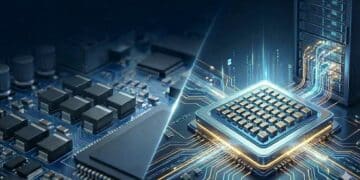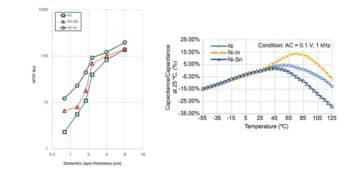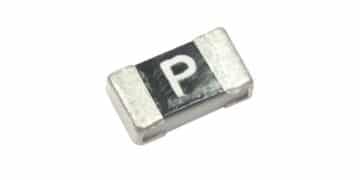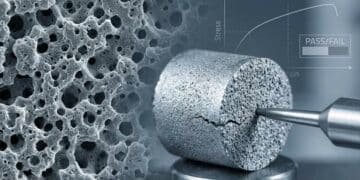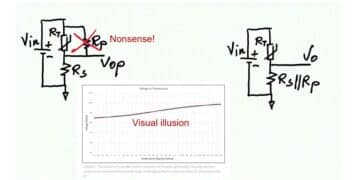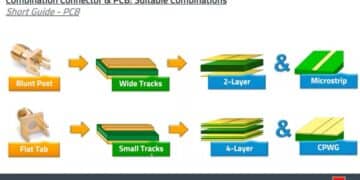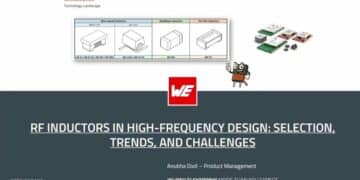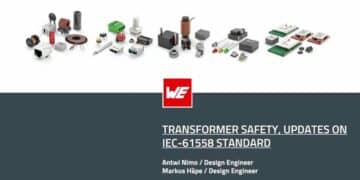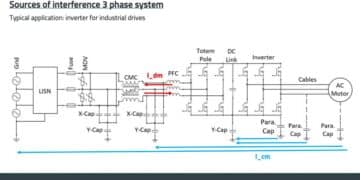Ultra-thin magnets, only a few atoms thick, could enable smaller, more powerful devices, but currently only work at extremely cold temperatures. A team of international researchers led by the University of Ottawa have combined them with topological insulators to improve magnetic ordering and enable operation at higher temperatures.
Introduction
The study explores how coupling a two-dimensional (2D) ferromagnet—monolayer chromium telluride (Cr₂Te₃)—with a topological insulator (TI) can significantly enhance its magnetic properties. Using molecular beam epitaxy (MBE), researchers achieved wafer-scale growth of high-quality Cr₂Te₃ films down to a single monolayer on insulating substrates. They discovered that proximity to a TI, specifically (Bi,Sb)₂Te₃, increases the Curie temperature (T₍C₎) and magnetization, with experimental and theoretical evidence pointing to the Bloembergen–Rowland (BR) interaction as the underlying mechanism. This work opens pathways for designing interface-engineered magnetic topological devices.
Key Points
- Material & Growth: Wafer-scale monolayer Cr₂Te₃ grown on SrTiO₃ (111) and Al₂O₃ (001) substrates via MBE.
- Ferromagnetism in 2D Limit: Robust ferromagnetism persists down to a single monolayer.
- TI Coupling Effect: Proximity to (Bi,Sb)₂Te₃ raises T₍C₎ from ~100 K to ~120 K in 2 ML films.
- Experimental Evidence: Polarized neutron reflectometry (PNR) confirms significant magnetization enhancement with TI coupling.
- Theoretical Model: BR interaction from TI surface states mediates stronger exchange coupling and perpendicular magnetic anisotropy.
- Broader Implications: Strategy applicable to other 2D magnets for spintronic and quantum devices.
Extended Summary
Background & Motivation
Magnetism in 2D materials has become a focal point for next-generation information technologies, enabling applications in sensors, memory, and quantum devices. While several van der Waals magnets have been studied, achieving wafer-scale monolayer magnets on insulating substrates remains challenging. Cr₂Te₃ stands out due to its favorable crystalline and magnetic properties, including perpendicular magnetic anisotropy and compatibility with TI materials.
Material Growth & Characterization
The team synthesized Cr₂Te₃ films using MBE under Te-rich conditions, ensuring high crystallinity and atomically sharp interfaces. Structural analysis via RHEED, XRD, HRSTEM, and Raman spectroscopy confirmed uniformity and phase purity. Electrical transport measurements revealed metallic behavior in thick films and insulating tendencies in ultrathin layers, with anomalous Hall effect (AHE) signatures confirming ferromagnetism down to a single monolayer.
Magnetism Enhancement via TI Coupling
When 2 ML Cr₂Te₃ was interfaced with a 4-quintuple-layer (Bi,Sb)₂Te₃, the Curie temperature increased from ~100 K to ~120 K. Hall measurements and Arrott plots confirmed this enhancement, while PNR provided depth-resolved magnetization profiles, showing more than a twofold increase in saturation magnetization upon TI coupling. This effect was consistent across different substrates and measurement conditions.
Theoretical Insights
A model Hamiltonian was developed to describe the interaction between TI surface states and localized Cr moments. The analysis identified the Bloembergen–Rowland interaction—arising from virtual interband transitions in the TI—as the dominant mechanism enhancing ferromagnetic order and perpendicular magnetic anisotropy. The model predicts that this mechanism is broadly applicable to other TI–magnet heterostructures, with experimental parallels in materials like Cr₂Ge₂Te₆, Fe₃GeTe₂, LaCoO₃, and SrRuO₃.
Implications for Device Design
The findings suggest that TI-mediated exchange coupling can be a universal strategy for boosting T₍C₎ in 2D magnets, enabling stable ferromagnetism at higher temperatures. This has direct implications for spintronic devices, quantum information processing, and the development of all–van der Waals heterostructures.
Conclusion
This work demonstrates that monolayer Cr₂Te₃ retains robust ferromagnetism and that its magnetic properties can be significantly enhanced through proximity to a topological insulator. The combination of experimental measurements and theoretical modeling confirms the role of the Bloembergen–Rowland interaction in this enhancement. Beyond Cr₂Te₃, the approach offers a generalizable pathway for engineering high-performance 2D magnetic systems, paving the way for advanced magnetic topological electronics and spintronic applications.
Read the full paper:
Enhanced ferromagnetism in monolayer Cr2Te3 via topological insulator coupling
Published by IOP Publishing Ltd
Reports on Progress in Physics, Volume 88, Number 6
Citation Yunbo Ou et al 2025 Rep. Prog. Phys. 88 060501DOI 10.1088/1361-6633/add9c5



